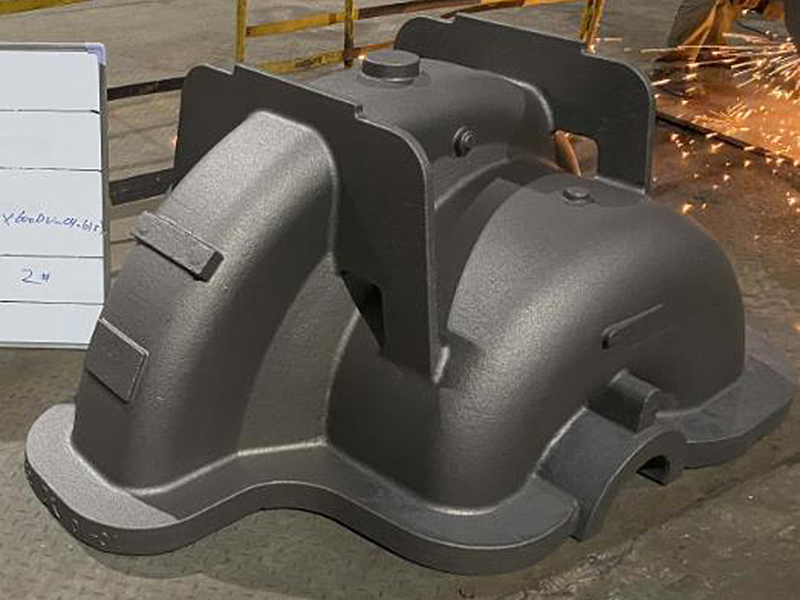3D Printer Sand Revolutionizing Industries with Innovative Materials
In recent years, the advent of 3D printing technology has sparked a revolution across various industries, from healthcare to manufacturing. Among the array of materials that have enhanced the versatility of 3D printing, sand has emerged as a particularly intriguing option. Often overlooked in favor of metal and plastic, 3D printer sand is a game-changer that has profound implications for construction, art, and even environmental sustainability.
Understanding 3D Printer Sand
At its core, 3D printer sand refers to a mixture of silica sand and a binding agent that allows it to be easily shaped and molded into intricate designs. Unlike traditional 3D printing filaments, which are primarily plastic or metal, sand-based printing utilizes a process known as binder jetting. This technique involves layers of fine sand being deposited and then solidified through the application of a liquid binder, creating strong components without the need for molds.
One of the primary advantages of using sand in 3D printing is its abundance and low cost. Sand is one of the most plentiful materials on Earth, making it a readily accessible resource for various applications. Moreover, employing sand reduces the reliance on more expensive and less sustainable materials, paving the way for more eco-friendly manufacturing practices.
Applications in Construction
One of the most promising applications of 3D printer sand is in the construction industry. Traditional building methods often involve extensive labor and significant waste, but 3D printing offers a more efficient alternative. Using sand as a primary material, architects and engineers can create complex structures with remarkable precision.
A notable example is the research conducted at the University of New South Wales, where researchers have successfully demonstrated the potential for 3D printing houses using sand. By formulating a method that strengthens sand through binding agents, they are able to print stable structures that can withstand environmental conditions. This could revolutionize housing, particularly in areas affected by natural disasters or in regions where resources are scarce.
Art and Design Innovations
3d printer sand

Aside from construction, 3D printer sand is making waves in the fields of art and design. Artists and designers can leverage the unique aesthetic qualities of sand to create stunning sculptures and intricate designs that are impossible to achieve with traditional sculpting methods.
The ability to rapidly prototype using sand allows for increased creativity and experimentation. As a result, artists are exploring new forms and techniques, pushing the boundaries of what is possible within their mediums. Sand sculptures created through 3D printing not only hold artistic value but also carry an environmental message as artists highlight sustainability through their work.
Environmental Sustainability
Speaking of sustainability, the use of 3D printer sand is poised to positively impact environmental practices. The construction industry is one of the largest contributors to waste and carbon emissions globally. By replacing conventional methods with 3D printing technologies that use sand, the industry could significantly reduce its environmental footprint.
Furthermore, some advancements in sand 3D printing include the potential for recycling existing sand materials. For instance, projects have begun to explore how waste sand from construction sites can be repurposed for 3D printing, thus minimizing the need for new raw materials and reducing landfill waste.
The Future of 3D Printer Sand
Looking toward the future, the possibilities for 3D printer sand are vast. As technology continues to advance, we can expect more refined techniques that improve the strength, flexibility, and range of applications for sand-based printing. The intersection of materials science and additive manufacturing holds the promise for innovations that could reshape not only construction and art but also other sectors such as automotive and aerospace.
In conclusion, 3D printer sand is set to redefine how we think about resource utilization and design. This versatile material stands at the forefront of an exciting era in which traditional manufacturing practices can be replaced by innovative, sustainable methods. By harnessing the potential of 3D printer sand, we are not just creating new structures and art forms; we are laying the groundwork for a more sustainable future. As exploration and experimentation continue, the full impact of sand in 3D printing will undoubtedly unfold, leading to astonishing advancements across a multitude of fields.
Post time:Ноя . 10, 2024 08:36
Next:Understanding the Characteristics and Applications of Foundry Sand in Metal Casting
